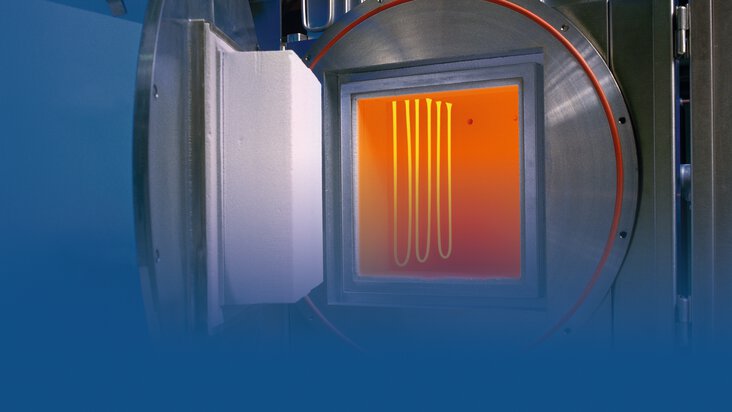

CQI-9, CQI-11, CQI-12 and CQI-29 - how to implement? Practical tips
Regulations such as the CQI-9 (Heat Treat System Assessment) standard, among others, play a key role in maintaining the quality and reliability of the vehicles that travel our roads every day. An example of this can be seen in the recent situation in the US, where hundreds of thousands of KIA cars had to be recalled due to improper heat treatment of piston rings. In this blog post, we discuss the CQI-9, CQI-11, CQI-12 and CQI-29 standards and the upcoming ISO/FDIS 20431, and what they mean for various industries. In addition, we outline the steps companies should take to implement these directives and maintain the highest quality standards. Read on and prepare your company for the new regulations in heat treatment processes!
Introduction to CQI standards: what is CQI-9, CQI-11, CQI-12 and CQI-29?
Heat treatment is a key element in car manufacturing, among other things. Metals, which are basic materials in the automotive industry, obtain their main properties, such as hardness and strength, through proper heat treatment. Imagine a situation in which this process is not properly controlled - this can lead to disastrous consequences, such as engine damage. Therefore, strict requirements for heat treatment management and quality improvement, called CQI or the AIAG standard, have been introduced.
CQI-9 deals directly with heat treatment, while other standards, such as CQI-11, CQI-12 and CQI-29, address other aspects of manufacturing, such as plating, surface coating and brazing processes. The current fourth edition of CQI-9 is the result of collaboration between various key players in the industry, including OEMs, first-tier suppliers, heat treatment companies and calibration companies.

Metals, which are basic materials in the automotive industry, obtain their main properties, such as hardness and strength, through appropriate heat treatment
Challenges of implementing the CQI standards
Although the introduction of these standards was a necessity, they are not without challenges. CQI-9, CQI-11, CQI-12 and CQI-29 impose stringent requirements on manufacturing companies using thermoprocess technology. These include detailed process monitoring to ensure that plants and equipment are operating properly, and that required temperatures and intervals are maintained. This involves significant cost and effort on the part of manufacturers.
New ISO/FDIS 20431 standard
In addition, another regulation, ISO/FDIS 20431, is on the horizon, introducing innovative principles in the area of managing product heat treatment processes. A key element of this standard is the definition of process management criteria that any company specializing in heat treatment must meet to ensure that products meet customer expectations. While it may seem that ISO/FDIS 20431 is mainly aimed at the automotive and aerospace sectors, it is actually applicable to a wide variety of industries including energy, construction, electronics and metallurgy.

While it may seem that ISO/FDIS 20431 is mainly aimed at the automotive and aerospace industries, it is actually applicable to a wide variety of industries including energy, construction, electronics and metallurgy
Implementation steps for CQI-9, CQI-11, CQI-12 and CQI-29 standards - from heat treatment process evaluation to continuous improvement
Based on years of experience and numerous interactions with businesses, we understand that there are many uncertainties regarding the practical application of the AIAG CQI-9, CQI-11, CQI-12 and CQI-29 requirements. To turn these guidelines into practical steps, we recommend:
- Organizing an in-depth process audit conducted by an independent heat treatment specialist to evaluate the process and spot hidden opportunities for improvement in accordance with AIAG requirements.
- Converting identified areas of improvement into specific action plans.
- Implementation of the planned activities, which include the creation of appropriate instructions and documentation.
- Educating the team on the correct use of implemented management systems and the benefits of CQI and its impact on process stability and capability.
- Strengthening auditors' knowledge of CQI - 9, CQI-11, CQI-12 and CQI-29 .
- Educating technical personnel on the control and operation of heat treatment systems.
- Organizing hands-on training on existing heat treatment equipment.
- Combining auditing, employee education and thorough inspection of heat treatment system.
- Updating the technology used in measurement and control systems.
- Optimize thermal process procedures and settings.
- Maintain and continuously improve the management system of the entire heat treatment process.
Contact us - we offer support in SAT and TUS testing according to CQI-9 and selection of PID parameters in an industrial furnace.
- ${title}${badge}

